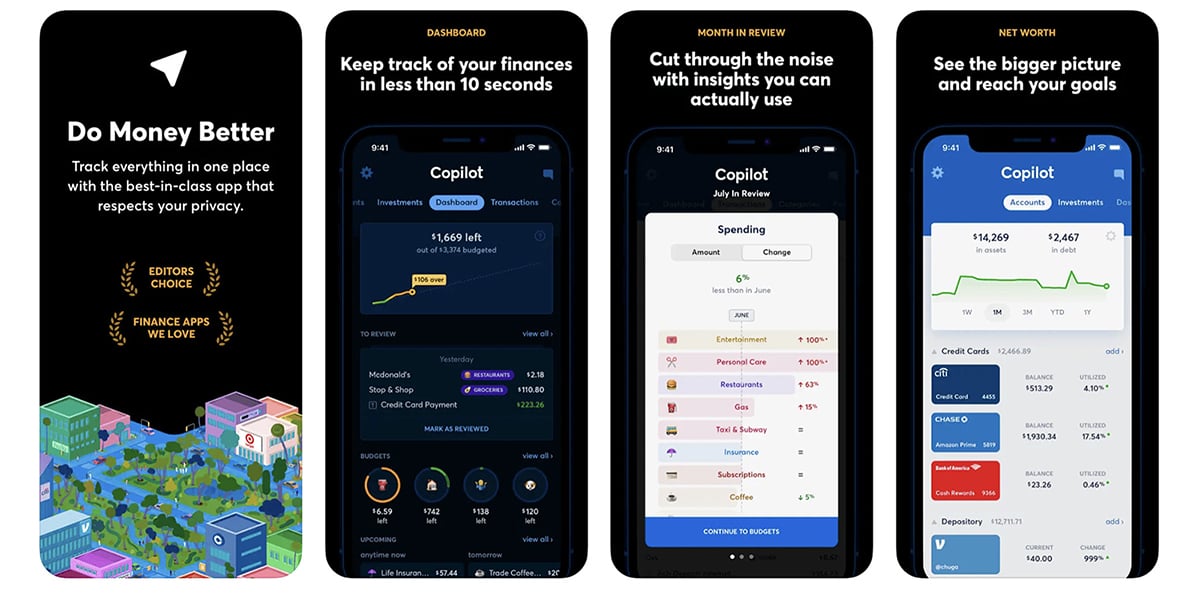Use the Hook Model to Design an App that Attracts and Retains Users
Nir Eyal knows a little something about how successful products draw in users and keep them coming back for more. He’s the author behind the...
4 min read
Written by Laura MacPherson, Sep 3, 2020

If your app-based startup is going to grow, you must attract and retain users. One estimate puts the average retention rate for mobile apps at just 5% by Day 30. If you’re counting on an average user experience for a sustainable business, you’re going to be disappointed. The good news is that the average user experience leaves much room for improvement. There are ways to design a UX for mobile apps that will attract and retain users.
To be successful, your app first needs to provide user value by solving a pain point or meeting a user goal. People go to app stores and marketplaces because they have a need that an app may solve. To attract customers in a cluttered marketplace, you need to understand your target users and the pain point they are trying to solve. You also should have a solid understanding of your competition to ensure that you have a value proposition that stands out from the rest.
That’s only the first hurdle to overcome with user acceptance. An app must also be easy to use. If a new customer struggles to use the app, you may not get a second chance. Creating a great user experience begins with market research and an understanding of behavioral psychology. It’s this melding of UX design, marketing research, and behavioral psychology that forms the foundation of a successful user experience.
UX design is laser-focused on user interaction and perception, essential aspects of usability. By leveraging UX design, you can create apps that are not only usable, but are also relevant, valuable, and accessible. Here’s where you’ll leverage your marketing research and your deep understanding of your target user.
Additionally, there are seven critical elements that any good UX design will have, including:
All of these UX design elements work together to make your app easy to use. The juncture of user value and usability is the sweet spot you’re aiming for.
In addition to standard best practices, trends in UX for mobile design can also help you build a better app. Trends usually come about in response to societal or technological shifts that you’ll want to keep up with. This is especially true for 2020. Here are the trends you need to know about for today’s world.
Mobile apps should accommodate people with disabilities like hearing and vision impairments. They should also include customization capability for global users that may not speak English or speak it as a second language.
Storytelling produces positive emotions and establishes connection while sharing data with users in a way that’s more easily understandable. Supporting storytelling in your app allows you to guide people through the user journey and fosters repeat use.
If your app provides information or social sharing, users will increasingly expect it to provide fact-checking and reviewing features.
Add character and stand out with asymmetrical layouts instead of relying on more traditional templates. Demonstrate your creativity and personality to stand out in a competitive environment.
Technology is taking things a step further by integrating new devices with those that are most-used, including voice-based interfaces and wearables. A device-agnostic experience is coming!
Recent evolution in animations provide a great way to grab attention and to create interaction. For this reason, they’re growing increasingly popular as a way to add interest and communicate more precisely.
Mobile apps are becoming more social, evolving beyond an individual experience to build communities. Creating a shared experience boosts usage and engagement, critical mobile metrics.
People now expect a more tailored experience that’s customized to their needs, wants, and interests. Advances in technology are starting to make this more achievable.
The use of gestures continues to support changes in devices. UX design will need to increasingly step up to accommodate navigation mechanisms.
Being at the forefront of technological advances and trends allows you to anticipate where users will be in the near future.
Color can play a significant role in your mobile app design and in supporting your brand in terms of brand awareness and recognition. Using color strategically is also important for readability and ensuring users focus on the elements you want them to, when you want them to. Here’s what you need to consider.
Your brand colors should be a reflection of your brand values. They’ll be used consistently throughout your mobile app and all the marketing you do to support your app. You’ll want to select a color palette that will be identifiable and distinguish you from your competition.
Colors can be used to communicate as they influence our moods and behaviors. Designers use color psychology to convey a message by leveraging the emotional associations of color. Though we may not notice it, our bodies react to colors, and they send subtle messages to us.
For example, when you see a light, bright yellow, you may experience a sense of happiness, cheerfulness, joy, warmth, or optimism. Red tends to represent excitement, passion, or anger.
Not all color associations are universal across cultures, however and this is an important thing to consider when selecting your brand color palette for your mobile app. For example, Western cultures often associate the color black with death. But in some Eastern cultures, they associate the color white with death and mourning. Western cultures tend to consider white as a color of purity and innocence. Be sure you select colors that will be universally recognized in the countries you’re marketing your app.
When considering color in UX, you’ll also want to think about how you use the colors you choose. Make sure the color contrast aids readability and doesn’t detract from it. Color can also guide the eye, so you’ll want to use it to create visual interest and balance. Using a neutral color in your palette as a primary color and then adding a complementary color and an accent color can help guide users through the user journey.
UX is just as important as your marketing and customer service strategies, so you’ll want to prioritize it. If you’re working with an outsourced design firm, be sure that they have a deep understanding of UX and how it can be used to attract and retain users.
Explore Designli's UX/UI Design Services →
Learn how we help clients think through all aspects of building their app-focused startups through our SolutionLab workshops. Get in touch and we’ll schedule a call.
Subscribe to our newsletter.

Nir Eyal knows a little something about how successful products draw in users and keep them coming back for more. He’s the author behind the...

The success of any app depends on two things: how well it meets the needs of its target users and how enjoyable it is to engage with. But this...

In the “Under the Hood” Series, we look at how popular apps have grown loyal usage through behavioral design. Seeing the techniques in action should...
Post
Share